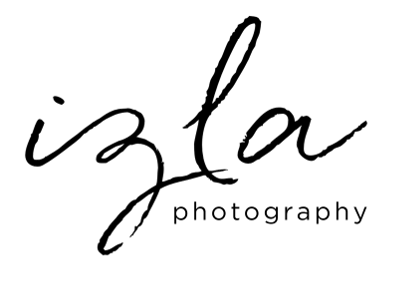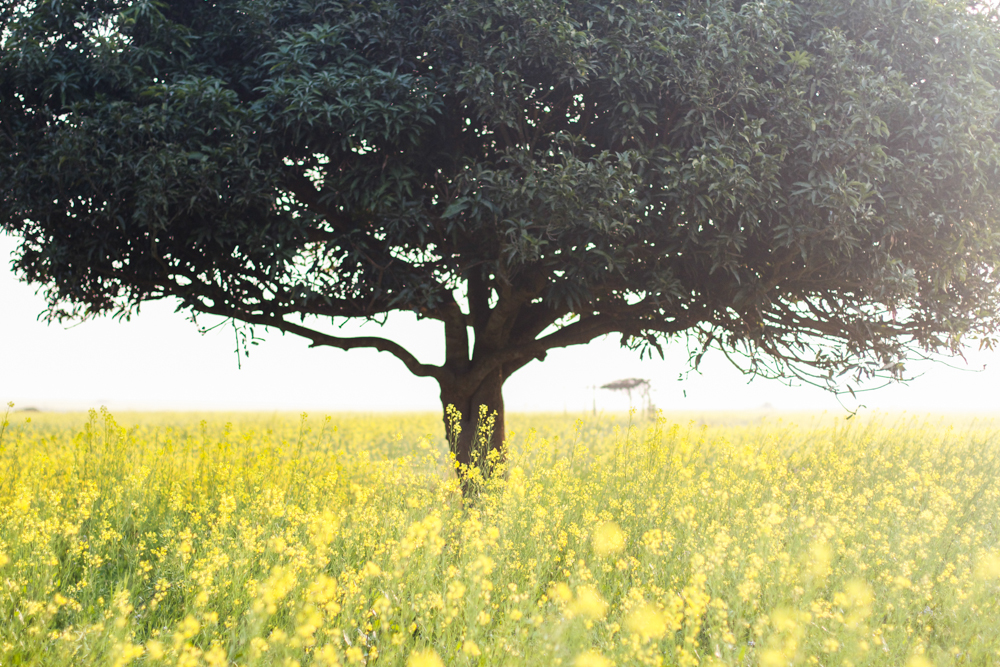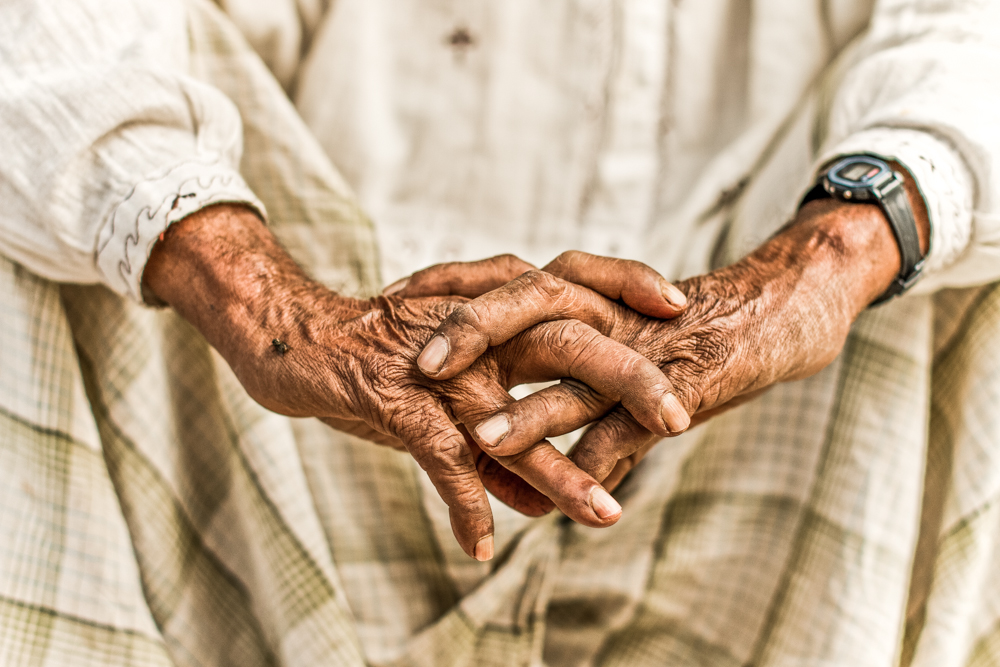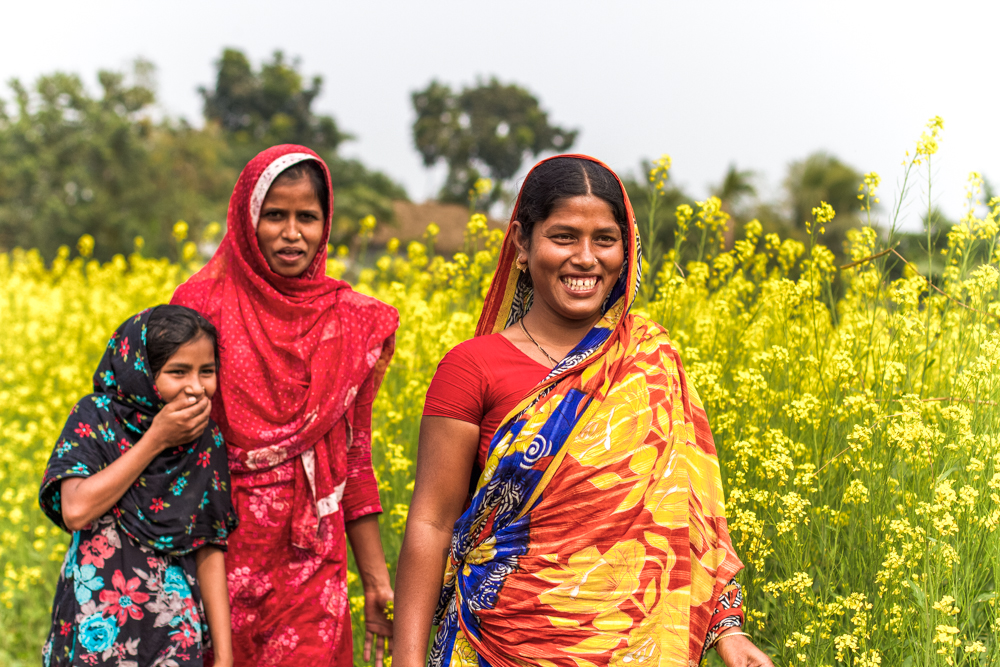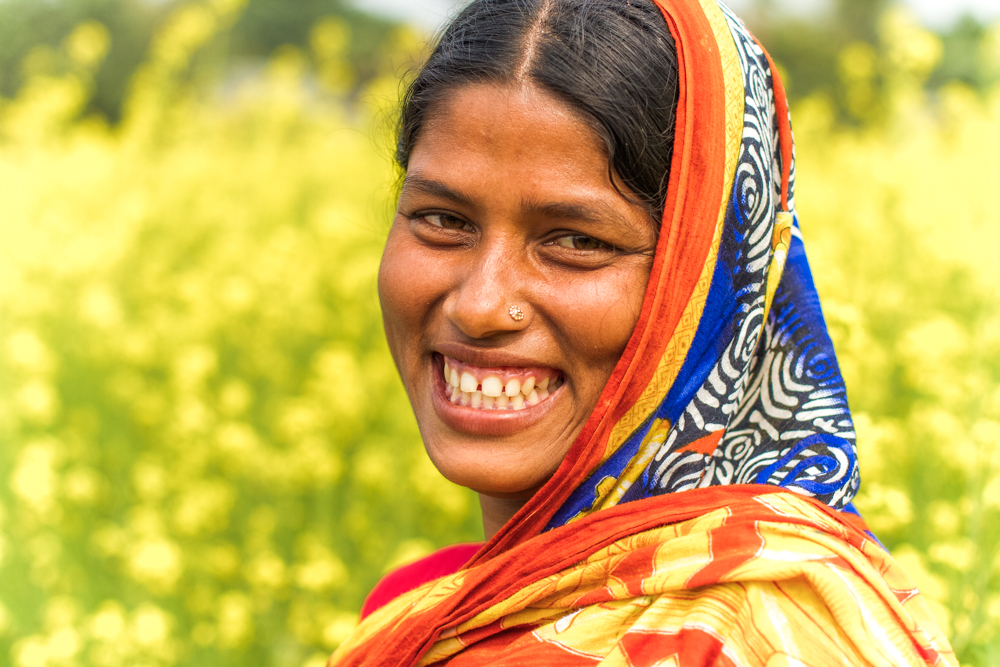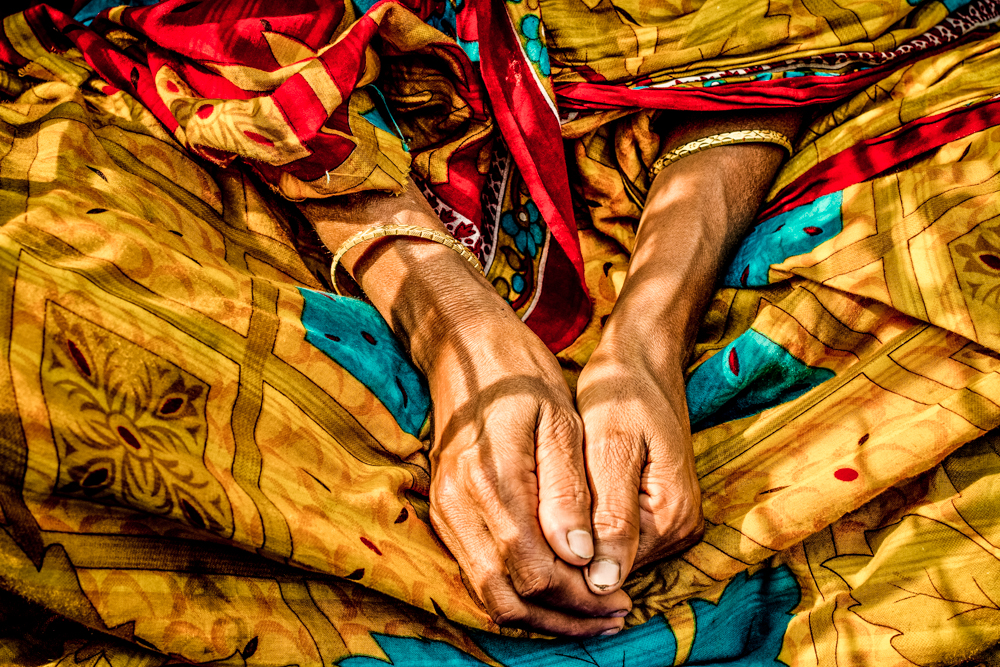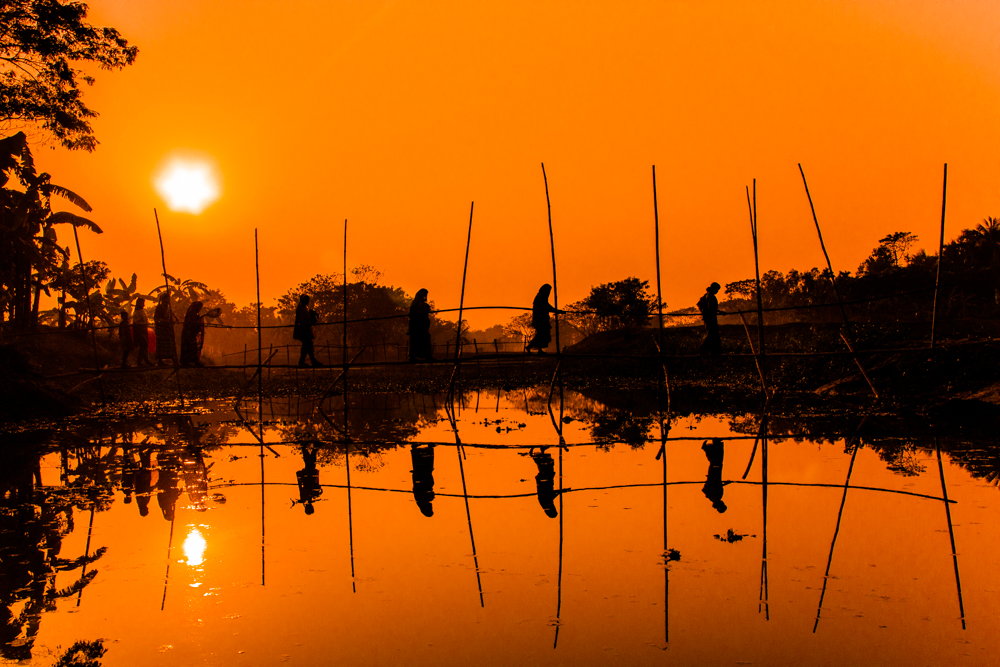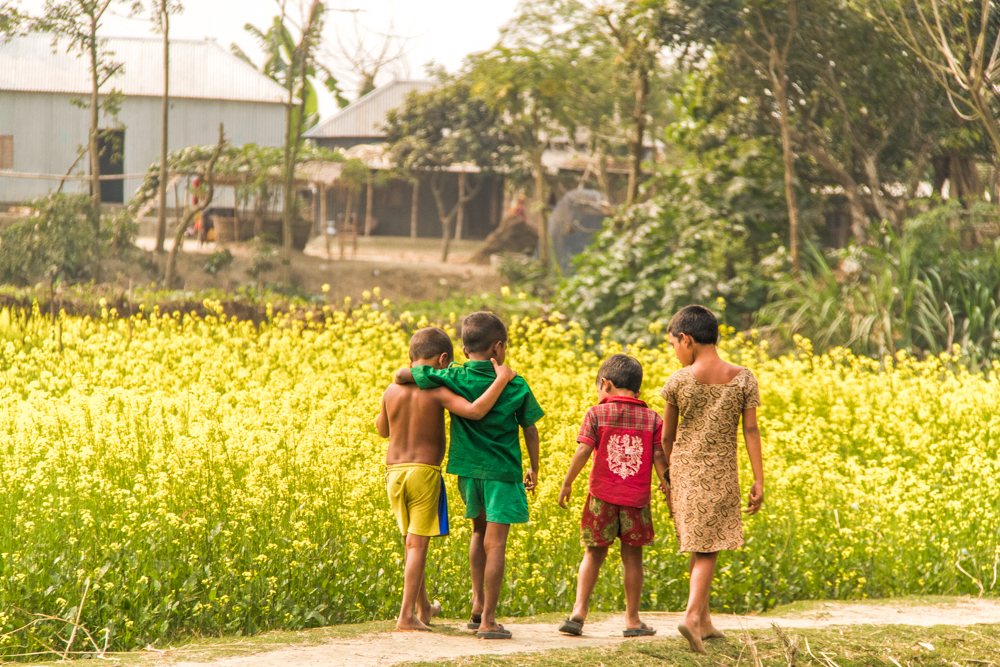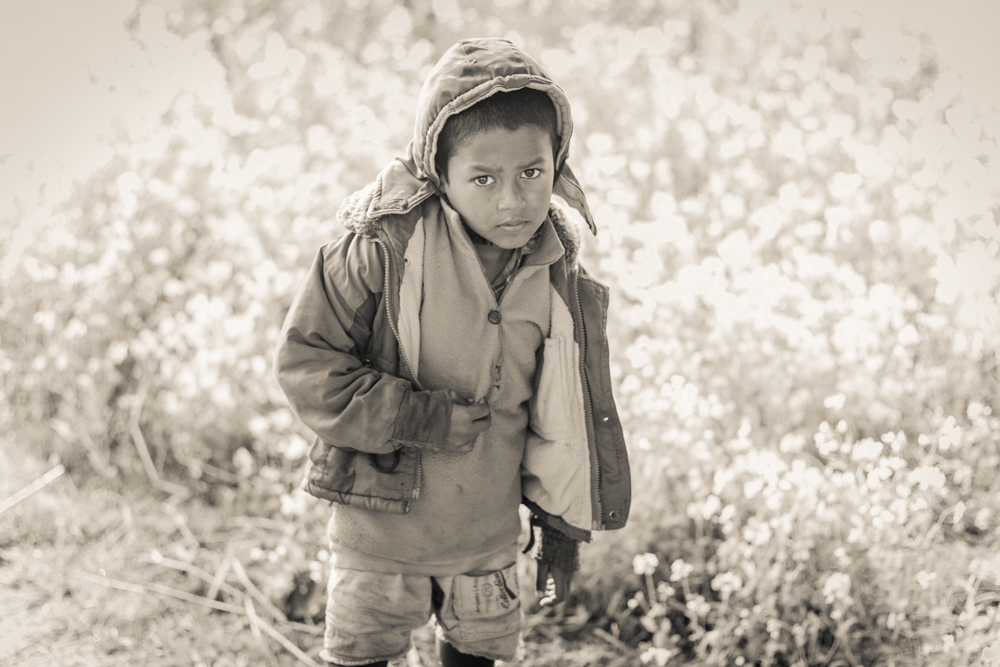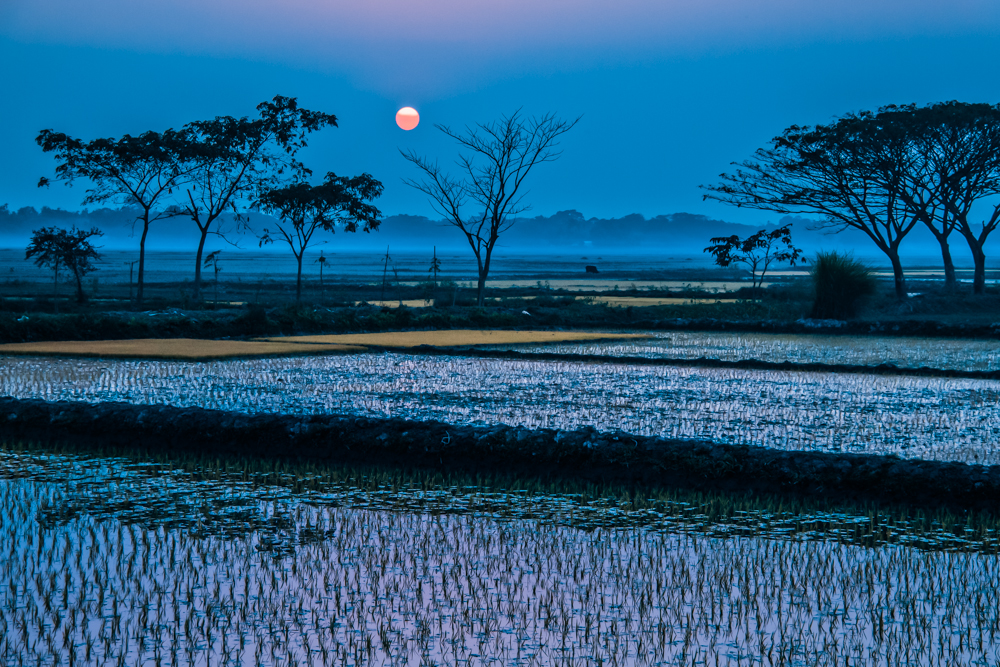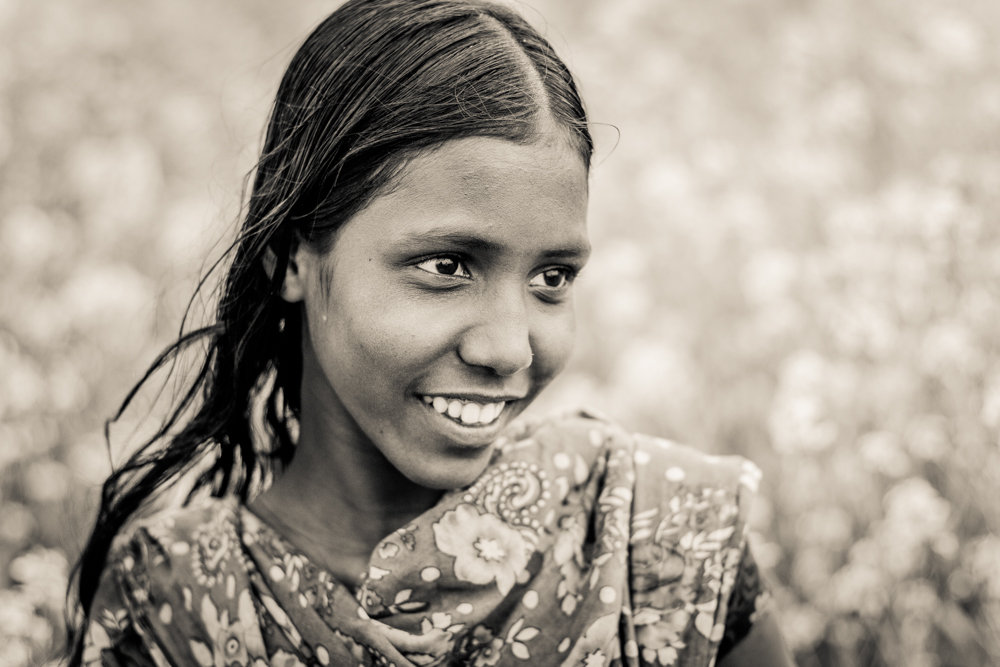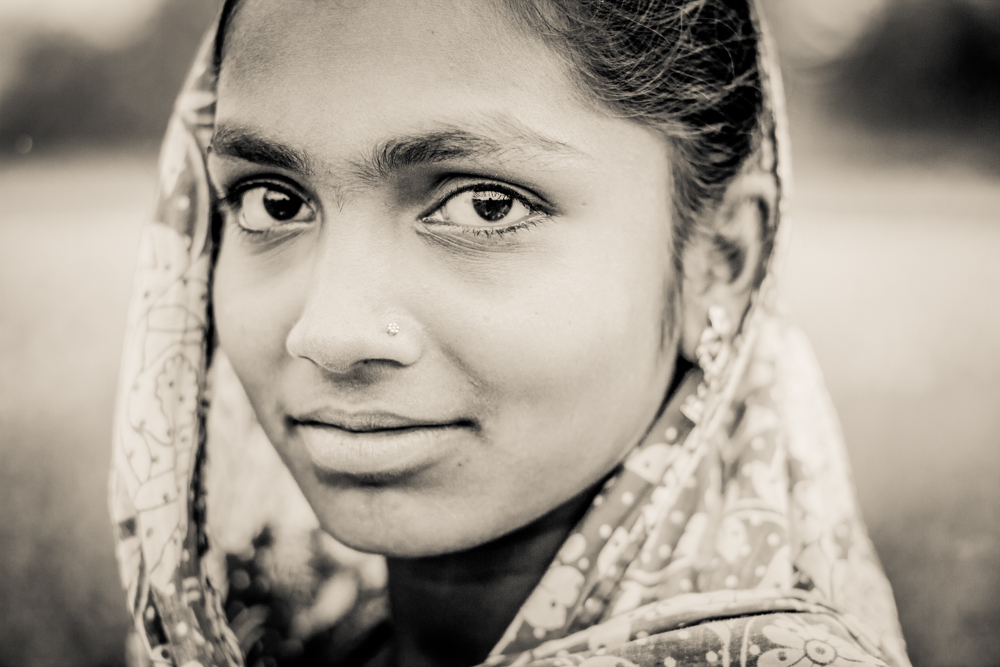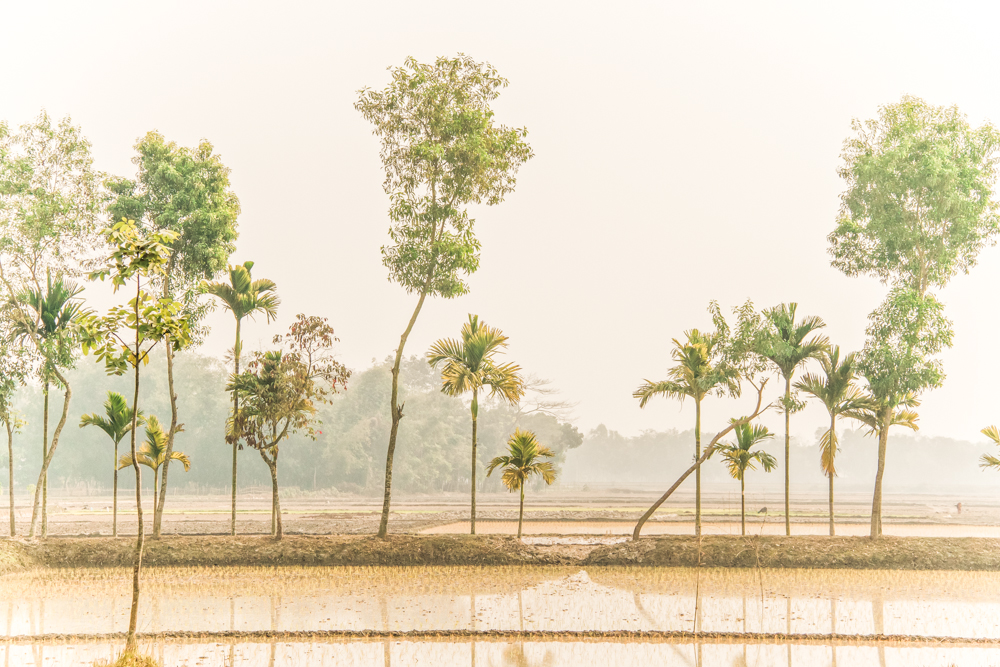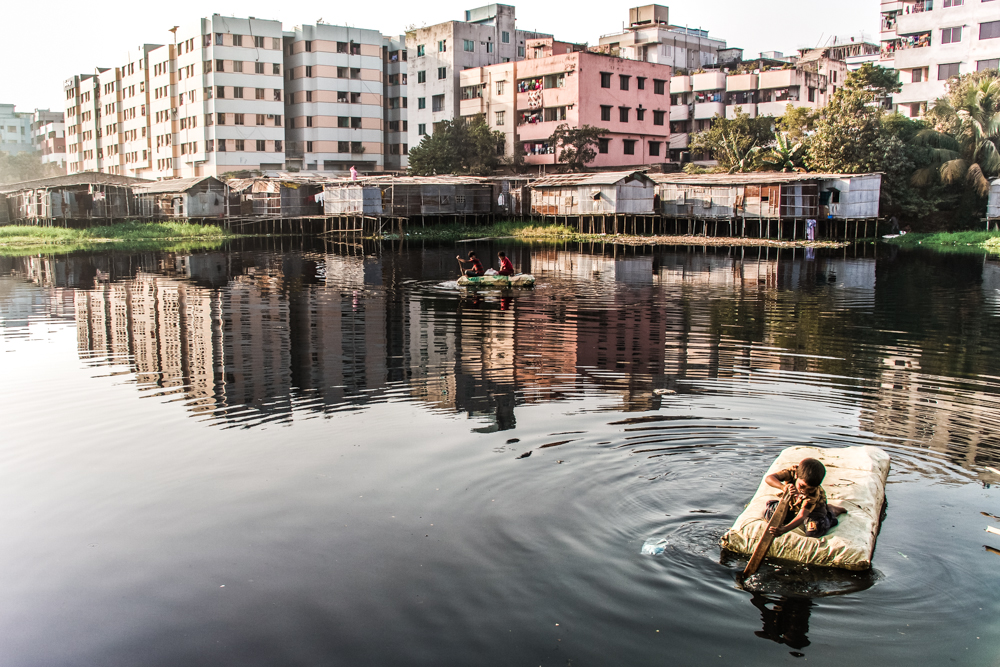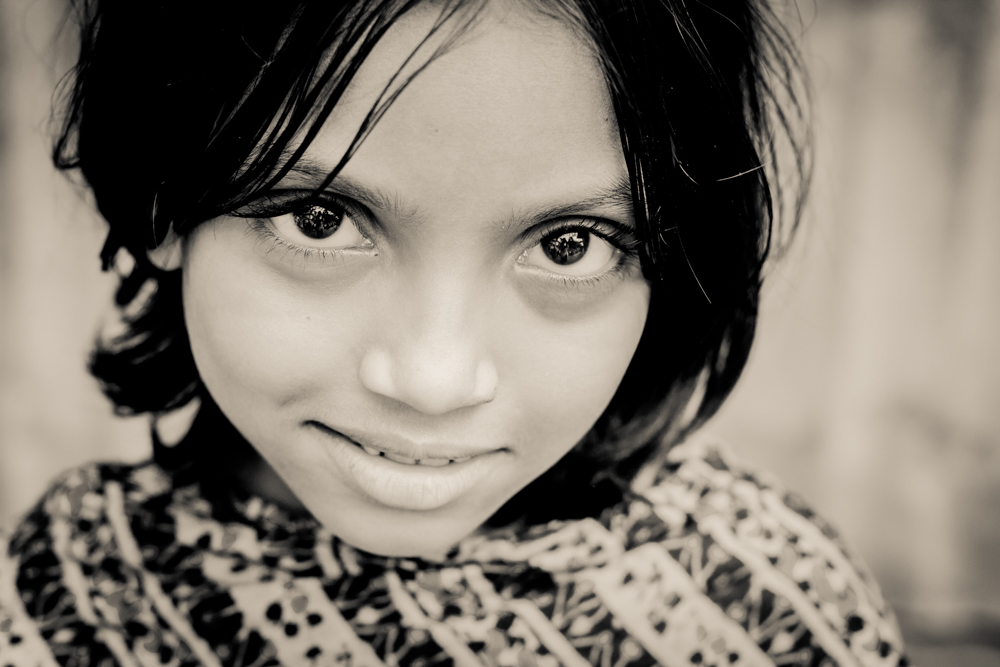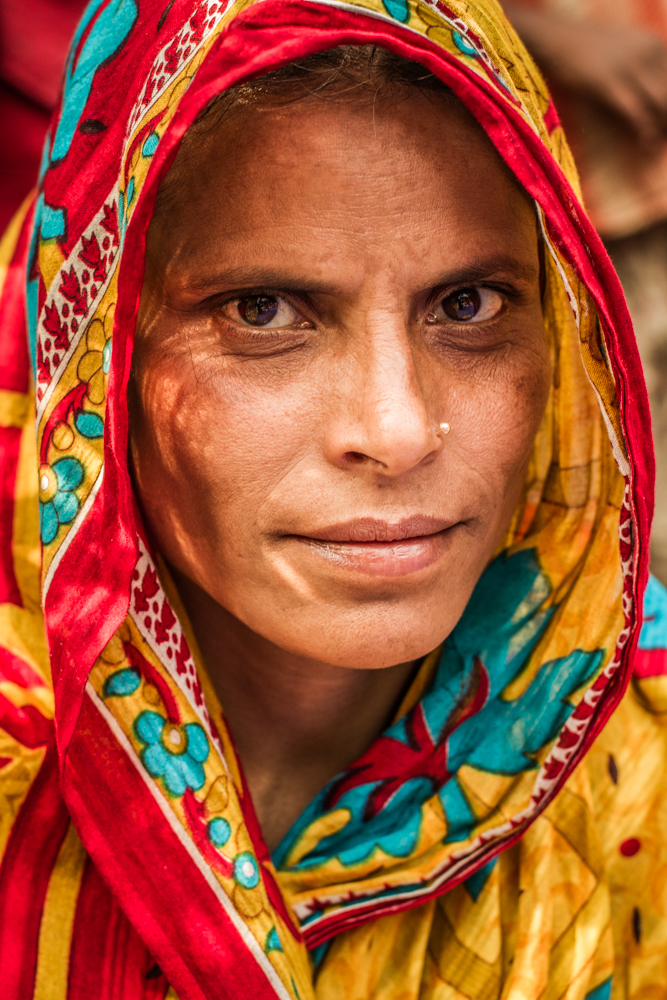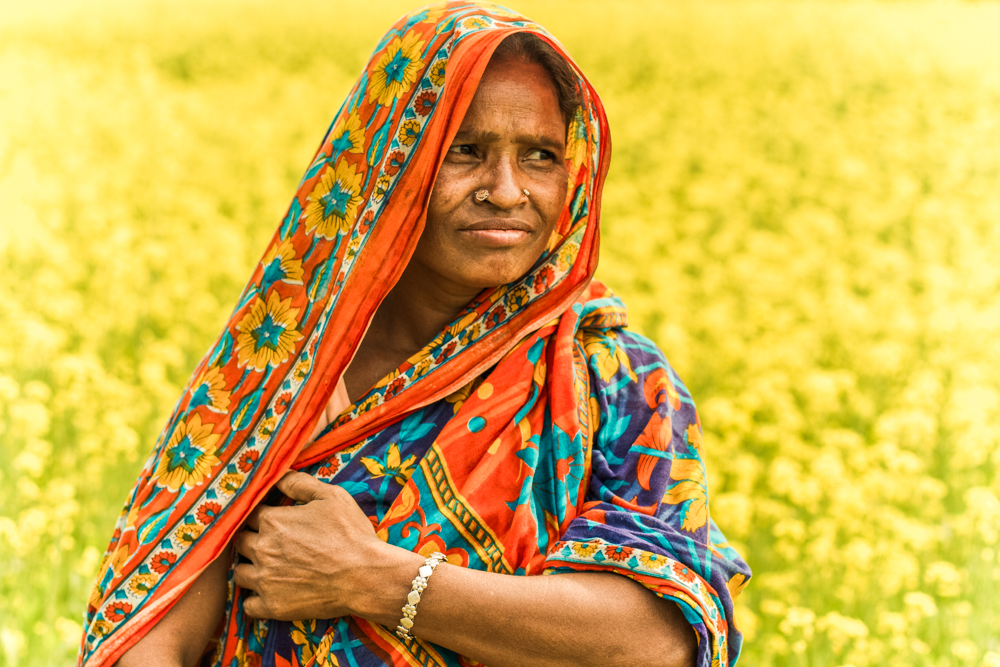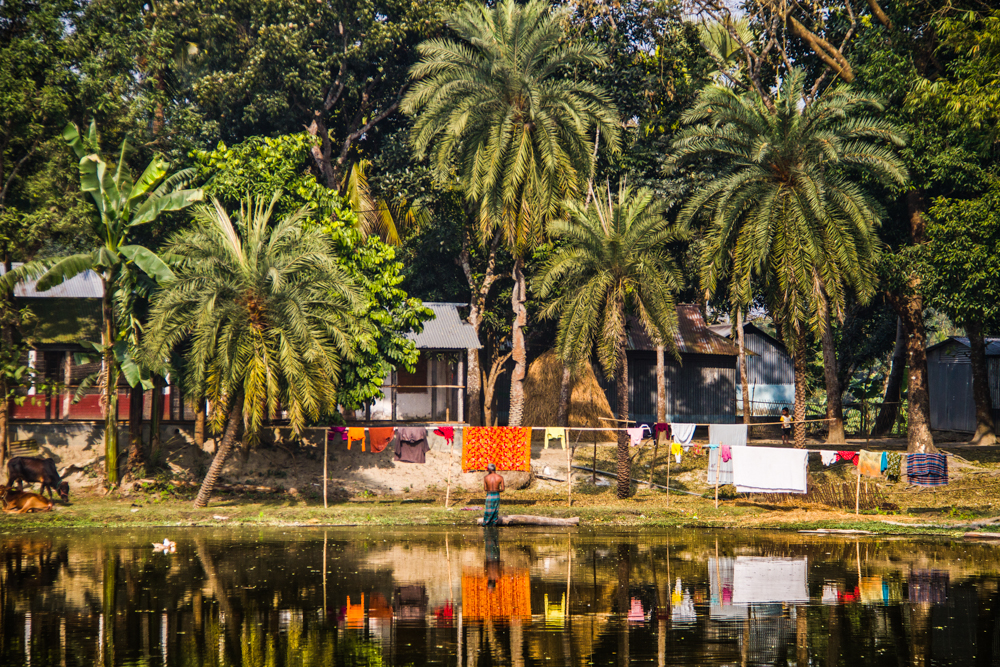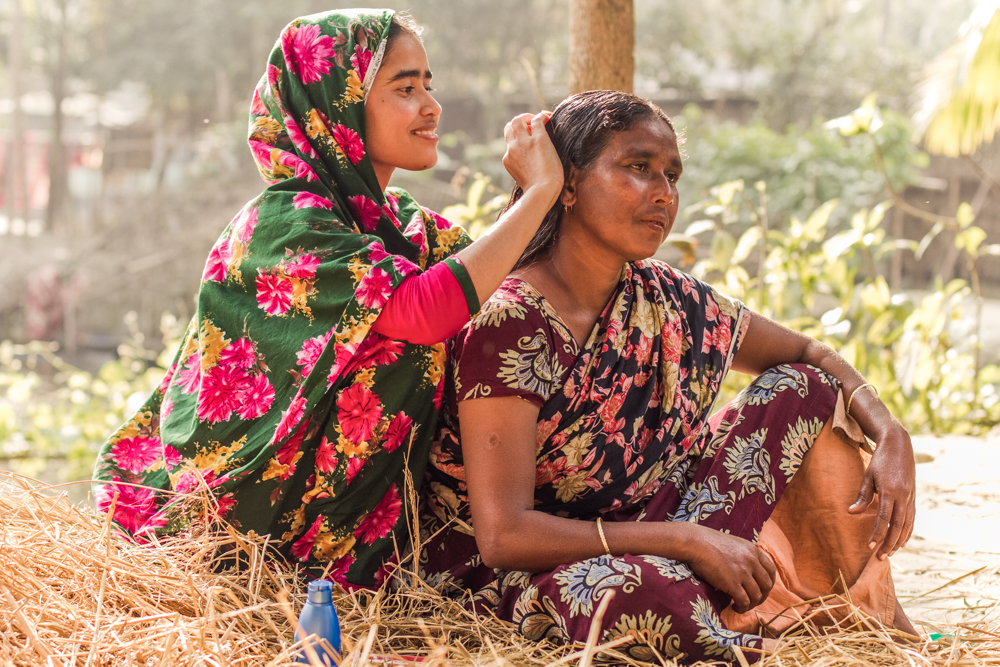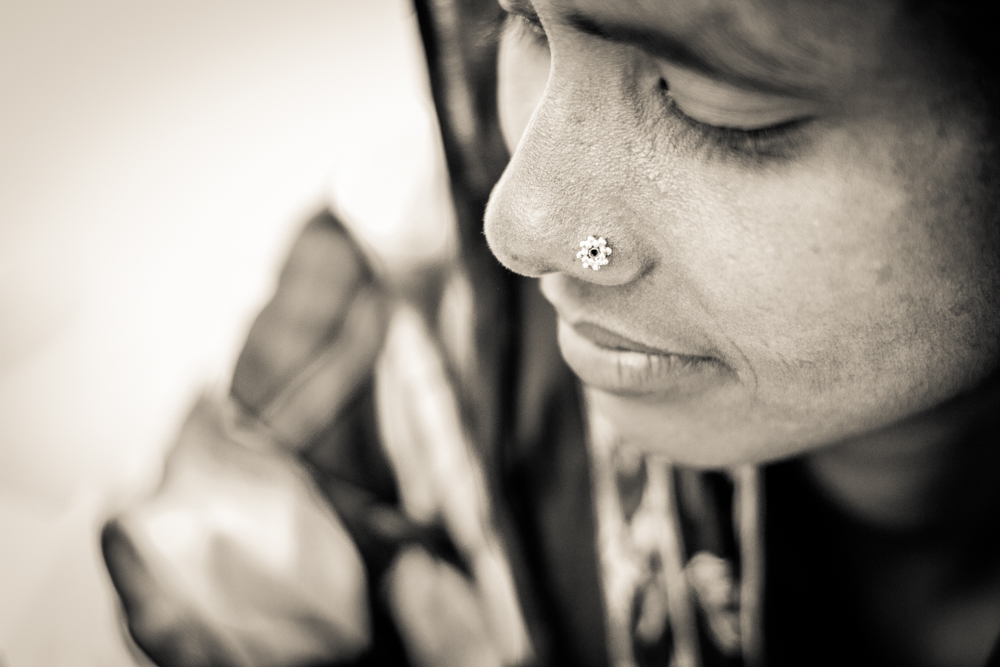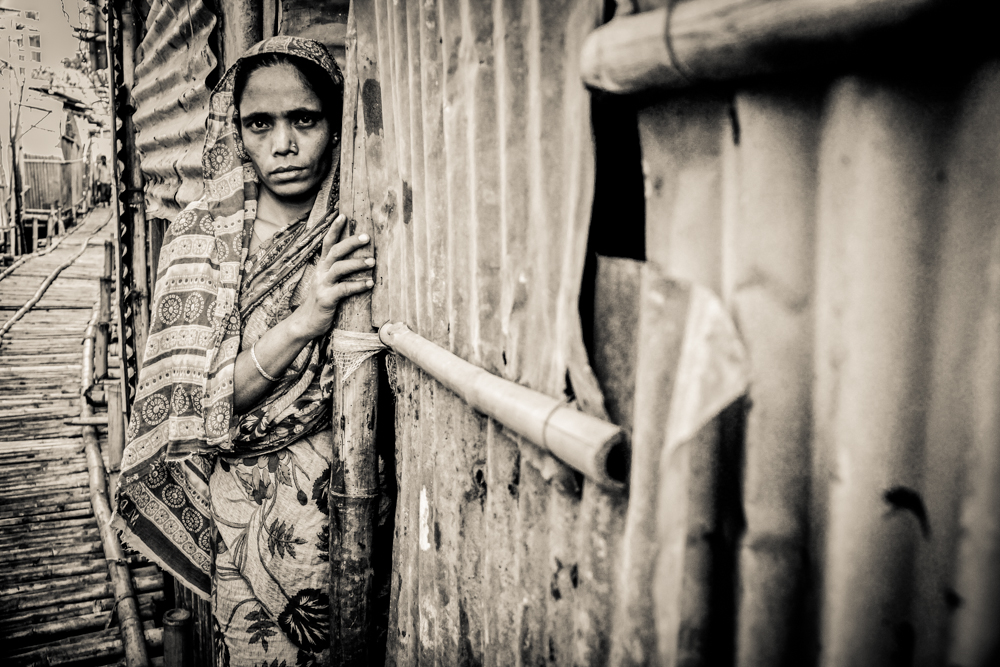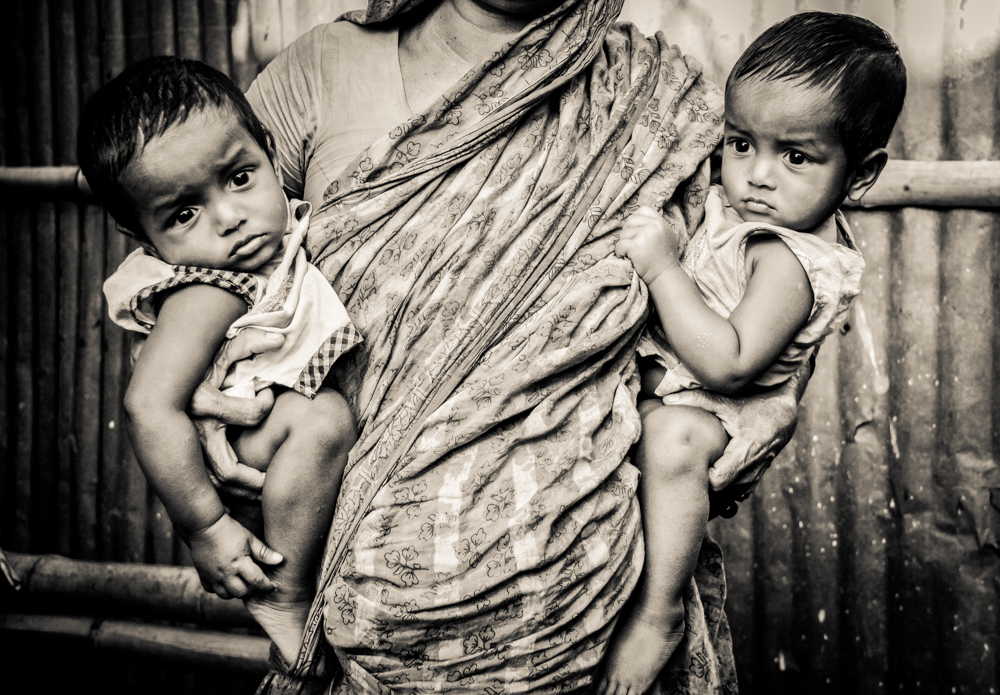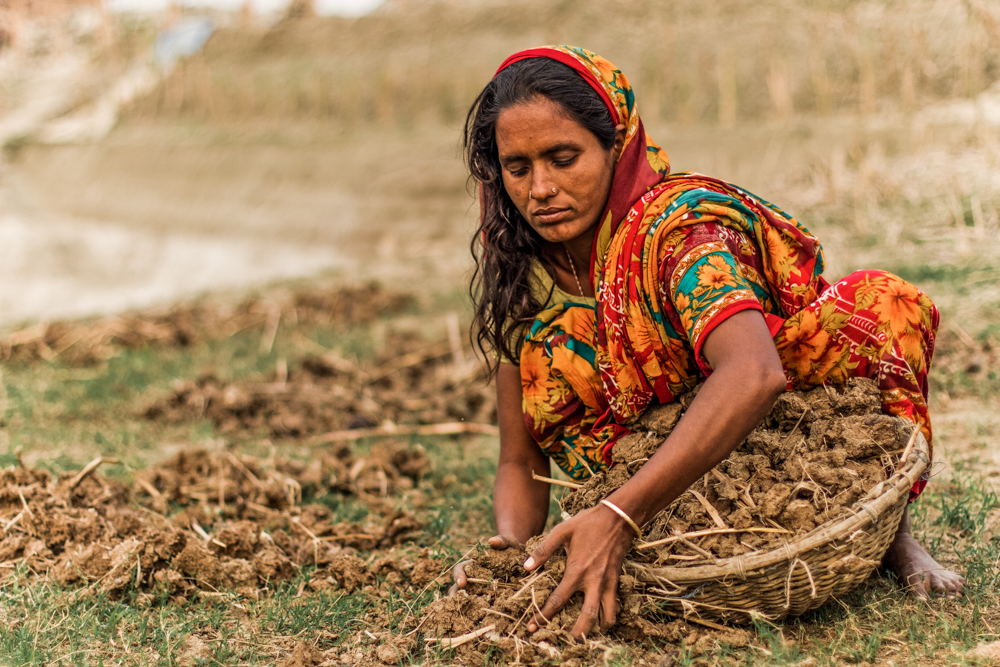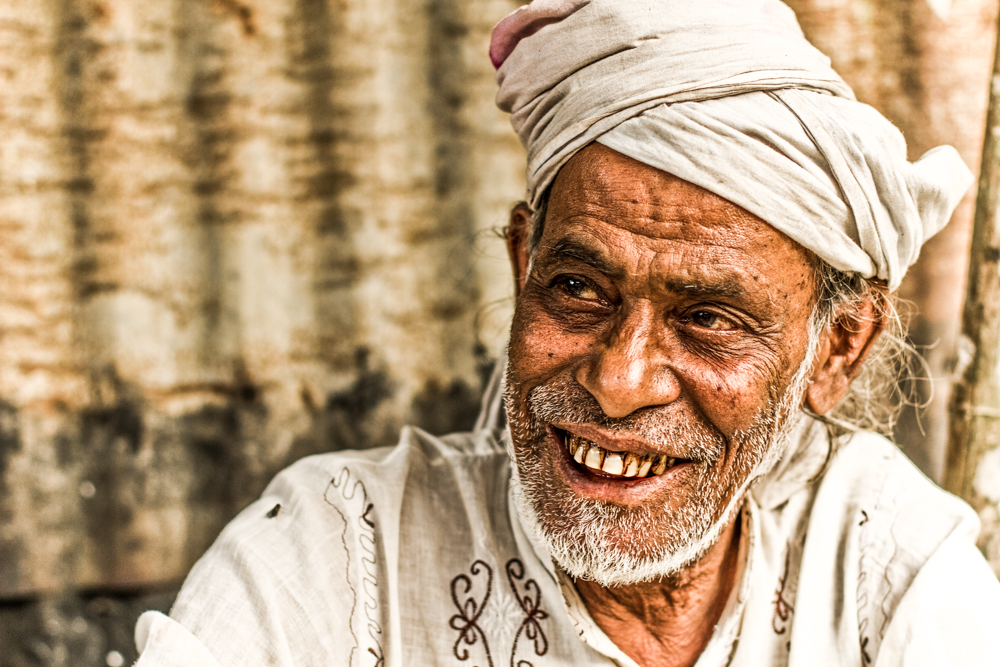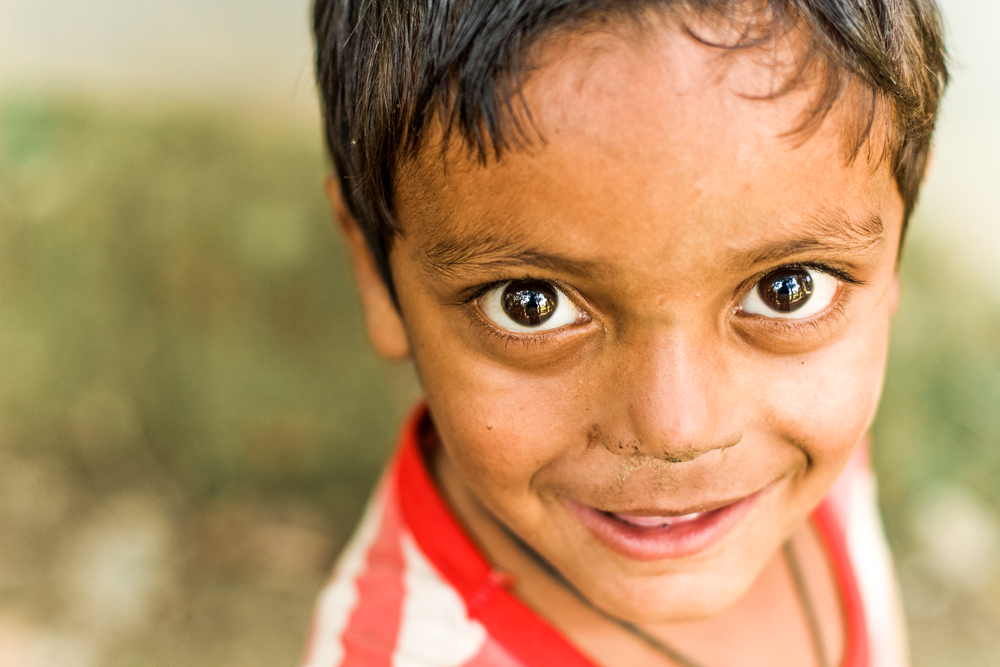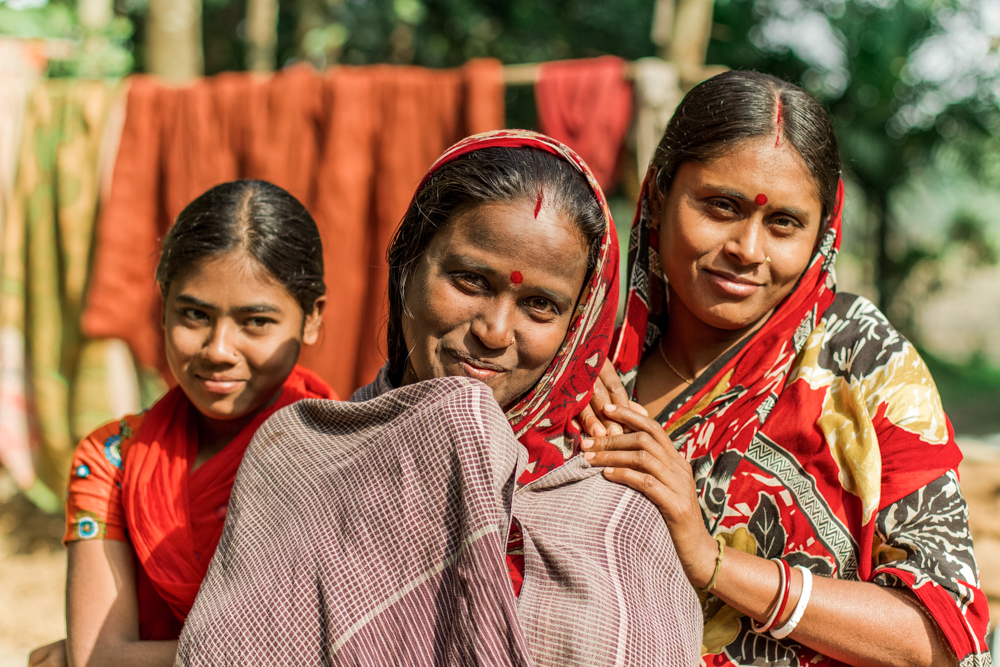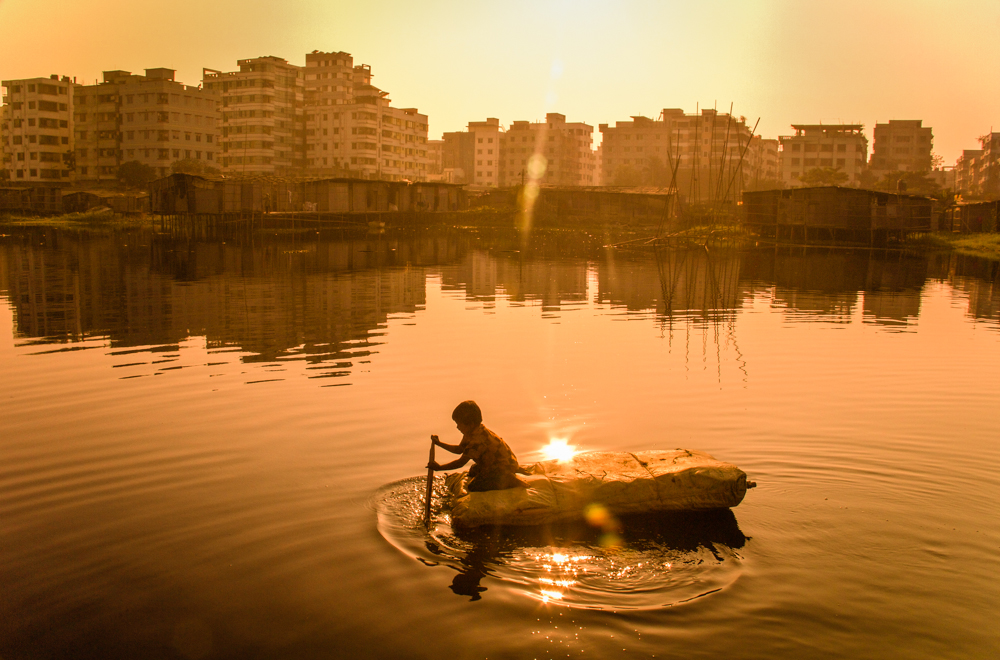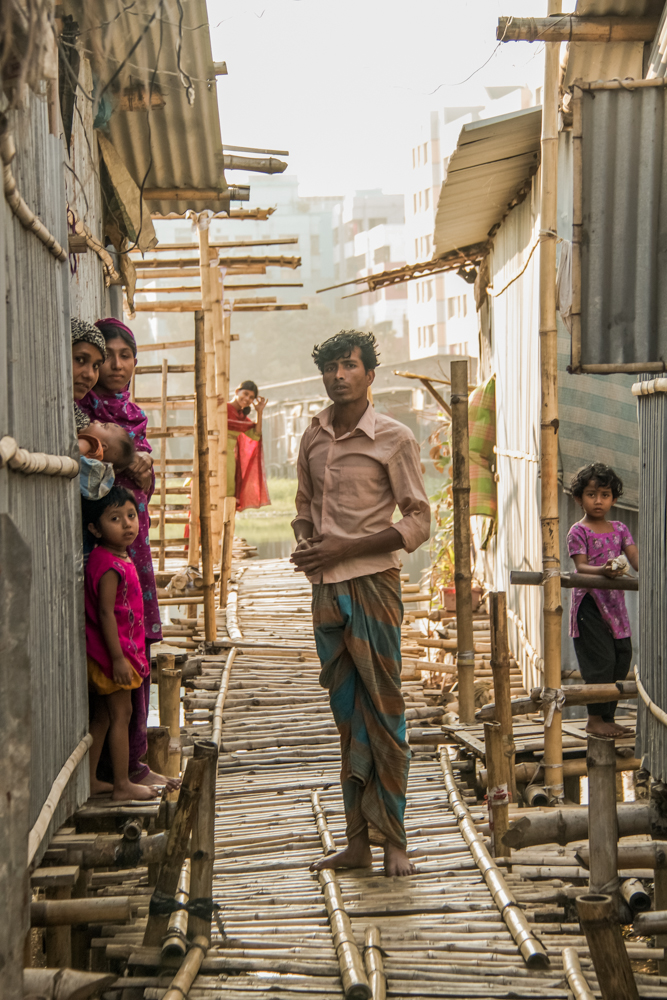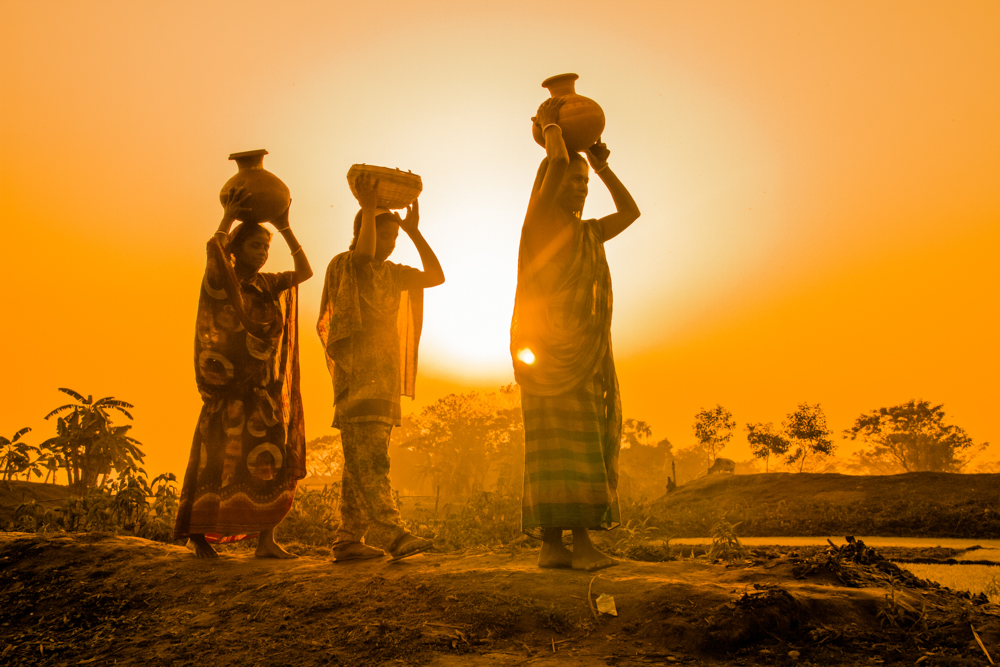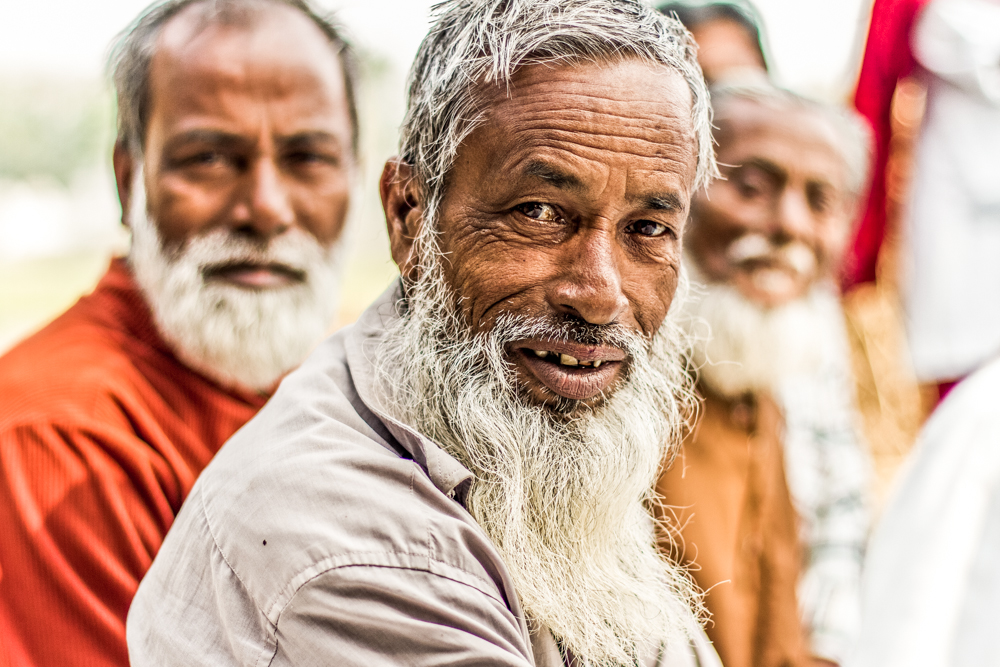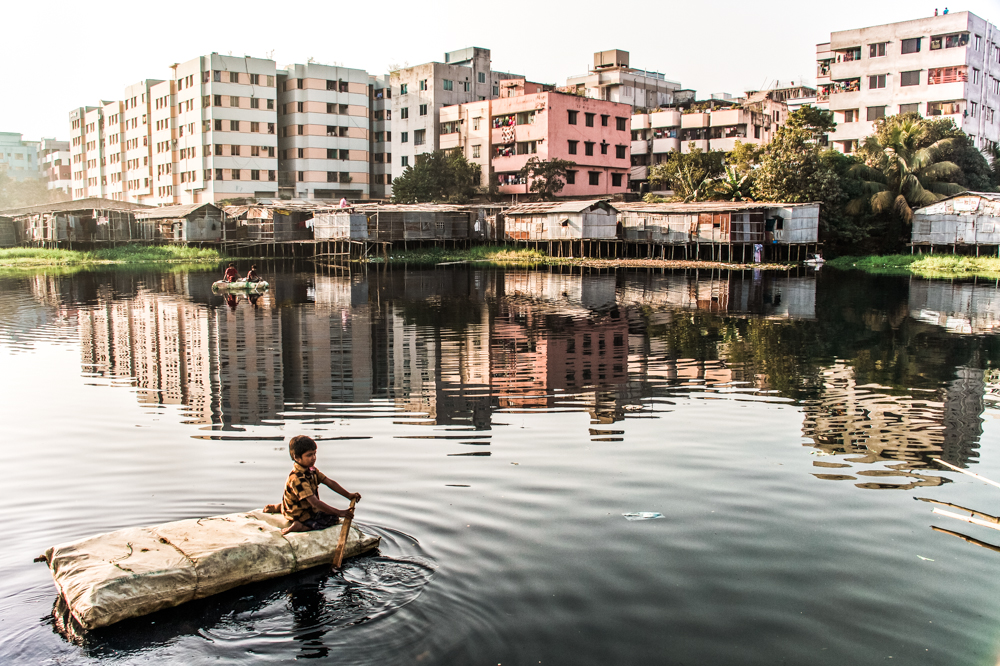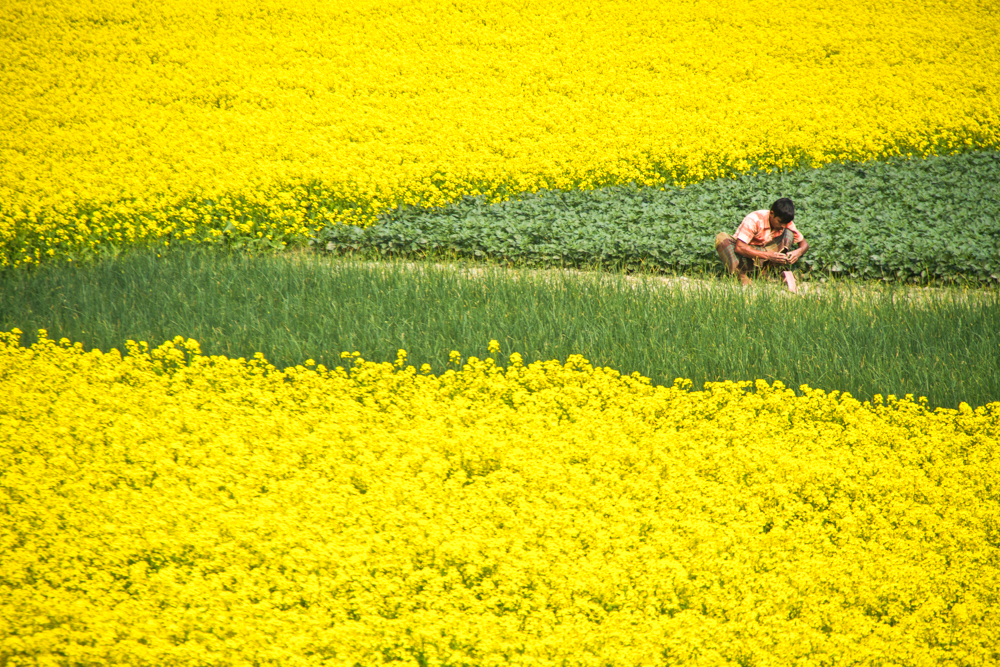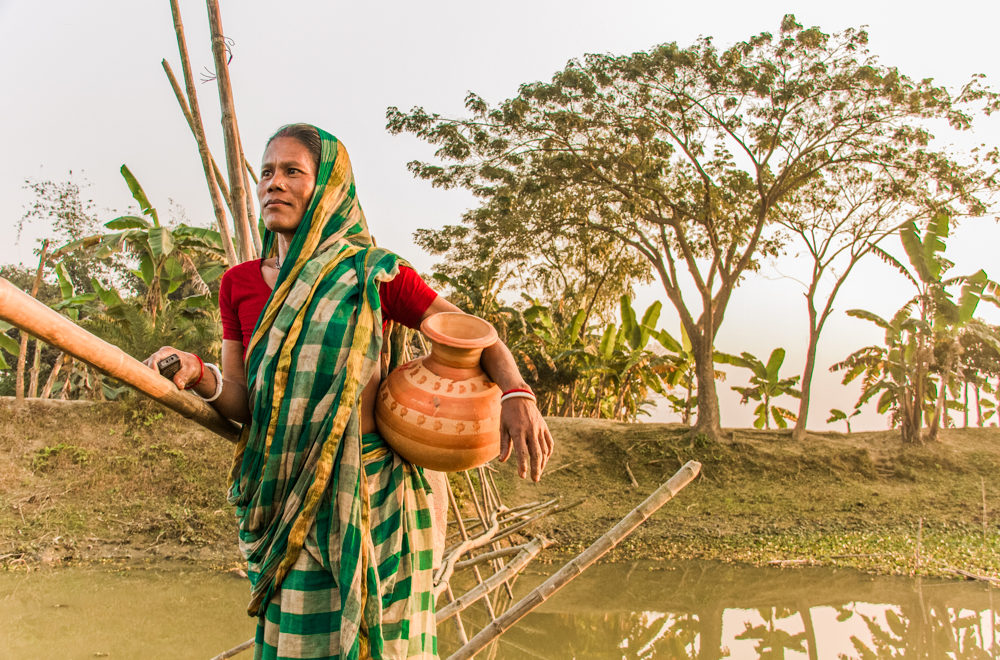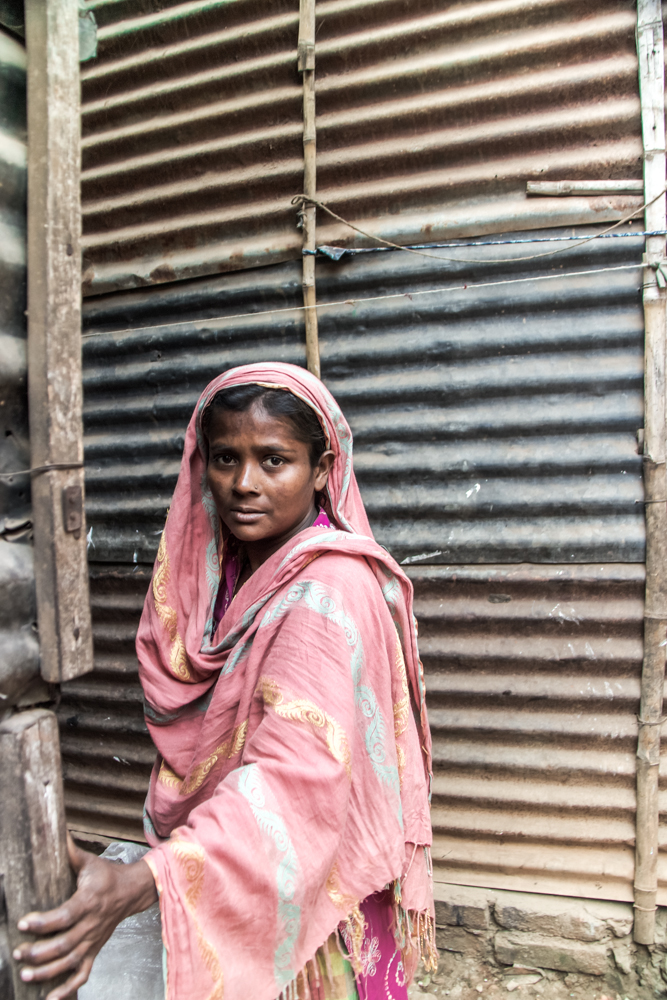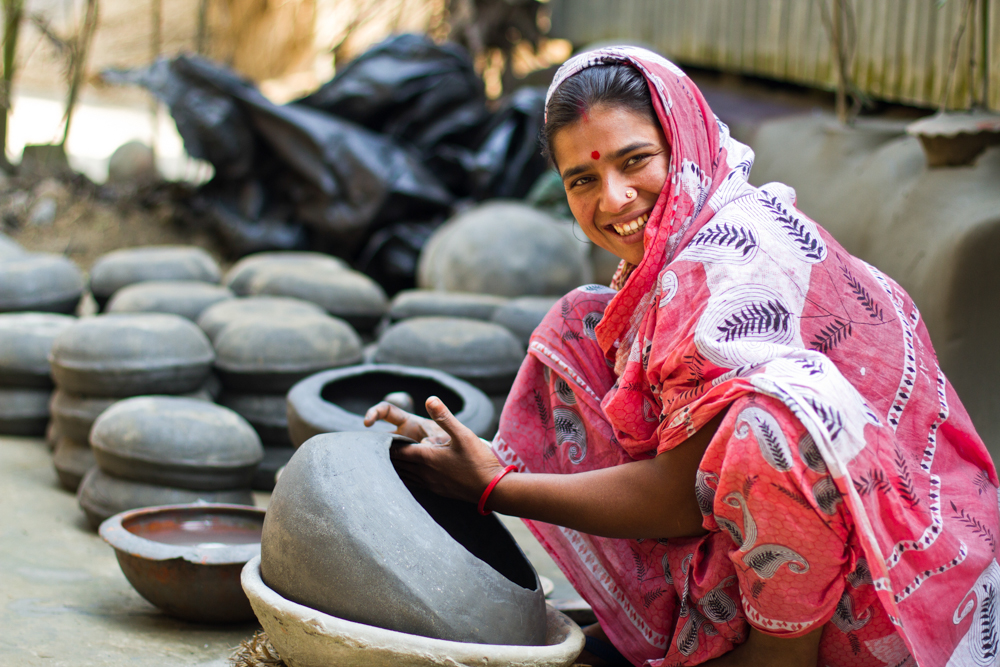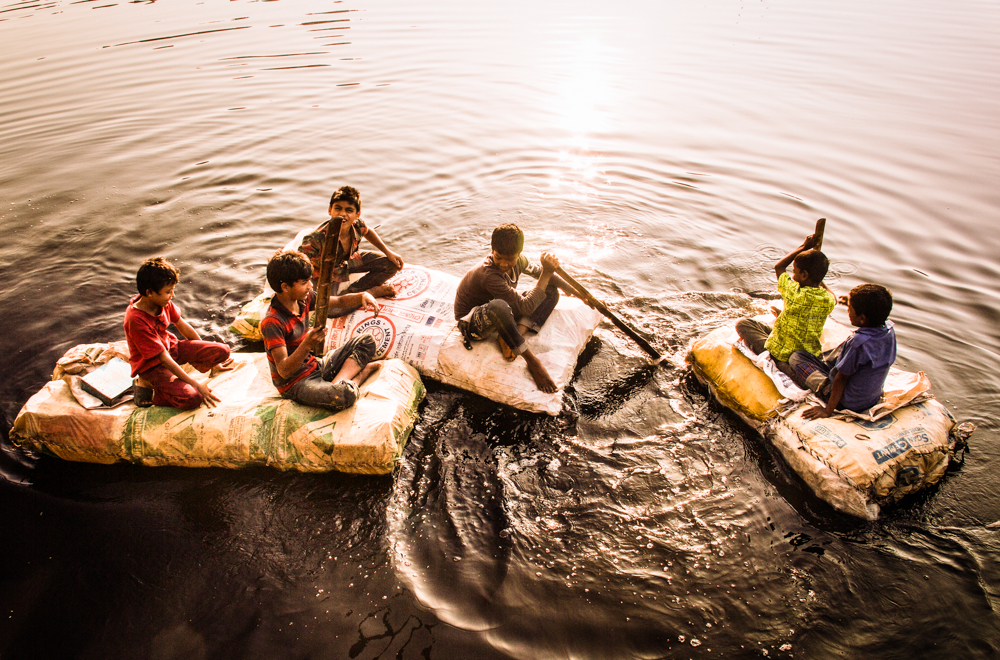BANGLADESH
I visited Asia for the first time 2003, travelling around from country to country for a year. Ten years later I returned, this time to Bangladesh to make a film on the methods used in ADRA:s successful Women Empowerment project. This gallery gives you glimpses from both rural and urban settings in Bangladesh. Life for women in Bangladesh is hard. They have limited access to markets, education, health care and much more. It was amazing to see how women through ADRA’s project are empowered, elected to local governments, food secure and brining income to their family. Every year Bangladesh gets flooded. There is water everywhere and people use bamboo bridges to cross the water. It was hard to imagine that the soil I was walking on and the large fields would be covered by water in some month’s time. The houses and roads are built on hills on sand for protection during the flooding season. Dhaka, the rickshaw capital of this world. Populated with more than 18 million people, and 400.000 rickshaws strolling around the streets it is colorful chaos. Before leaving the country I got the chance to visit the slums of Dhaka and get a taste of urban poverty. My heart broke when we visited the worst slum in Mirpuri area. It’s one of the most terrible places I ever have experienced. Houses are built on bamboo stilts over stagnant water, it dreadfully stinks, and people are extremely vulnerable to seasonal flooding. The water supply is extremely poor, there are no latrines and the water is used as an “open toilet”. Water related diseases are highly prevalent and kill many children. 65% of the people here have lost their land and houses due to flooding and have moved here for a new hope, and others come from all over Bangladesh to seek opportunities. I left this place with a deep hole in my heart. No human being should be living under these circumstances.
